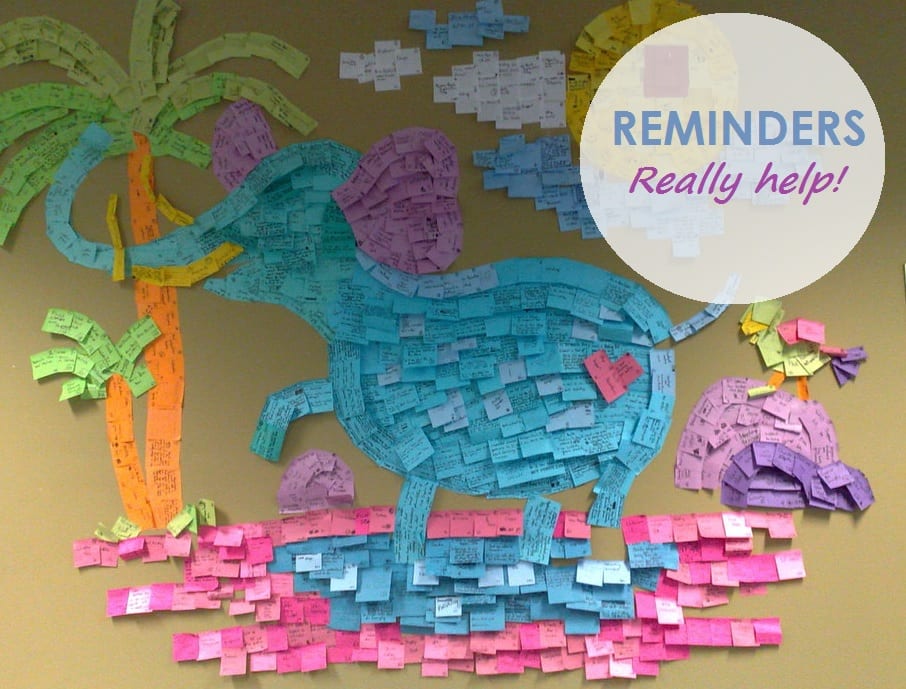After a brain injury, people often use assistive devices and other aids to increase their independence and provide the ability to participate in their favorite activities. There is a wide variety of adaptive equipment and compensatory strategies that can be used so life can still be productive and enjoyable.
An injury to the brain can affect movement and sensation, often just on one side of the body. Assistive devices, adaptive equipment and techniques can help patients with physical limitations complete daily activities more independently.
Some assistive devices for physical deficits include:
- (Shoes) Long-handled shoe horns and sock-aids, velcro or elastic shoelaces
- (Clothing) Velcro or snaps on clothing to replace zippers or buttons
- (Handling) Dycem (a sheet of sticky material) or a sheet of non-adhesive shelf liner can be used to hold items in place while stirring food or sanding wood
- (Dining) A rocker knife can be used to cut meat with one hand and a pizza cutter can cut softer items
- (Cooking) A one-handed can opener can be found in discount stores
- (Writing) Foam tubing can be used to build up pencils and paint brushes
- (Speech/Communication) Smart phone and tablet apps that can convert speech to text for people who have difficulty typing or convert text to speech for those with difficulty speaking
- (Recreation) Equipment from fishing poles to knitting aids can be adapted
- (Driving) Hand controls and foot pedal adapters for driving
- (Typing) Enlarged keyboards and landline phones
That’s just the beginnings of a list!
One of the most common cognitive areas affected after a brain injury is the memory. Suggestions to help memory include:
- A calendar posted in a visible location to keep track of and prepare for upcoming events
- A daily schedule to help stay on track and complete daily activities
- Checklists in key locations, such as in the bathroom with steps for the morning routine or by the back door with a list of items to remember when leaving the house to help ensure activities are completed
- Laminated checklists with a dry erase marker to check off items
- Pill organizers for medication management. Loading them once a week saves time and makes it easy to see if the medication was taken
- SmartPens can save handwritten notes in a digital format for use later
- Recording devices to aid recall for key things like doctor’s appointments
- Emergency response devices that can be pressed for help and report GPS location
- Apps to send alerts for taking medication
- A “memory station” to keep wallets, keys, phone, and other important items
- Keep items in the house and at work in the same places so they are easily located
- Label cabinets and drawers
One growing area in adaptive tools is assistive technology for cognition (ATC). These can help in a range of cognitive areas such as those involving emotions (self-regulation, emotion recognition), processes like memory, attention, and navigation as well as daily life management from initiating and planning to correctly sequencing. Smartphone and new wearable technologies can manage stress, sleep patterns, and more.
These are just a few suggestions of assistive devices, equipment and techniques available to help people successfully manage their day. Information on equipment or strategies can be found on the internet, at a support group, or by contacting a rehab facility. With a bit of research and brainstorming, many people with brain injuries can increase their independence and quality of life.

